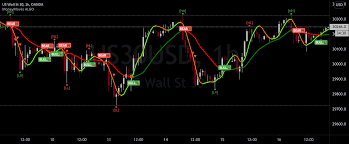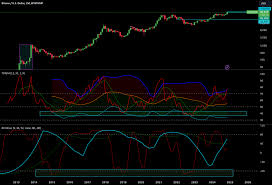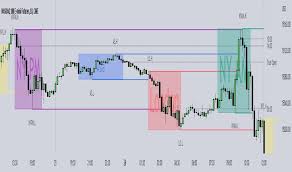Sale!
Indicator Money Moves
Original price was: $13.00.$6.00Current price is: $6.00.
The “Money Flow” in the context of financial markets refers to the movement of capital into and out of securities. It’s a concept that encompasses several indicators designed to quantify this movement and glean insights into market sentiment and momentum.
Description
The “Money Flow” in the context of financial markets refers to the movement of capital into and out of securities. It’s a concept that encompasses several indicators designed to quantify this movement and glean insights into market sentiment and momentum.
One of the most prominent indicators associated with “Money Moves” is the Money Flow Index (MFI).
What is the Money Flow Index (MFI)?
The MFI is a momentum oscillator that assesses buying and selling pressure by analyzing both price and volume data. Unlike the Relative Strength Index (RSI) which solely considers price, the MFI incorporates volume, making it a “volume-weighted RSI”. This means it provides a more complete picture of the conviction behind price changes. The MFI calculation produces a value between 0 and 100, plotted as a line.
How is the MFI calculated?
- Typical Price: This is the average of a period’s high, low, and closing prices: (High + Low + Close) / 3.
- Raw Money Flow: Calculated by multiplying the Typical Price by the Volume.
- Positive and Negative Money Flow: If the Typical Price is higher than the previous period’s Typical Price, it’s considered Positive Money Flow. If lower, it’s Negative Money Flow.
- Money Flow Ratio: This is the ratio of Positive Money Flow to Negative Money Flow over a specified number of periods (usually 14 periods by default).
- Money Flow Index: Calculated using the Money Flow Ratio, the MFI is then plotted as an oscillator between 0 and 100.
Interpreting and using the MFI
- Overbought/Oversold Conditions: A high MFI reading (typically above 80) indicates overbought conditions, suggesting the security may be overvalued and a price correction could be imminent. A low reading (typically below 20) suggests oversold conditions, potentially signaling an undervalued asset and a potential price reversal. However, in strong trends, the MFI can remain in overbought or oversold territory for extended periods, so these signals should be confirmed with other indicators.
- Divergences: When the price and the MFI move in opposite directions, it suggests a potential trend reversal.
- Bearish Divergence: Price makes higher highs, but the MFI makes lower highs, indicating weakening buying pressure and a potential downside reversal.
- Bullish Divergence: Price makes lower lows, but the MFI makes higher lows, suggesting weakening selling pressure and a potential upside reversal.
- Trend Confirmation: When the MFI moves in the same direction as the asset’s price, it can confirm the strength of the trend.
Money Flow Volume
“Money Flow” itself also represents the inflows and outflows of cash regarding a particular stock. When the price rises, Money Flow is calculated by adding the product of the security price and the volume to the previous value of Money Flow. When the price falls, this value is subtracted instead. This concept forms the basis for calculating the MFI.
Comparing MFI with other indicators
The MFI is often compared to the On-Balance Volume (OBV). While both indicators compare the volume of rising and falling periods, the MFI places more emphasis on price action.
- OBV: Adds the volume of periods with rising prices and subtracts the volume of periods with falling prices, treating all price changes equally regardless of magnitude.
- MFI: Accounts for the magnitude of price changes by multiplying the volume of periods by their price range, making a period with a larger price movement more impactful than a smaller one.
In summary
The Money Flow Index (MFI) is a powerful technical indicator that combines price and volume to provide insights into buying and selling pressure. By analyzing overbought/oversold conditions, divergences, and trend confirmation, traders can use the MFI in conjunction with other technical analysis tools to make more informed trading decisions.







Reviews
There are no reviews yet.